In ‘Get the Picture,’ science helps explore the meaning of art
Journalist Bianca Bosker infiltrates the secretive art world to understand the science and psychology of why art matters to the human experience.
Every print subscription comes with full digital access
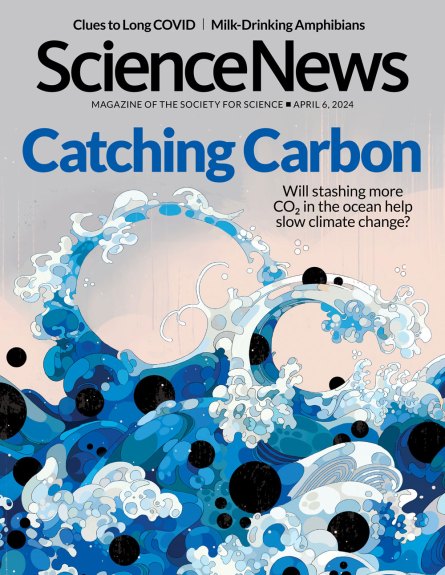
Research is needed on how ocean carbon removal methods — such as iron fertilization and direct capture — could impact the environment.
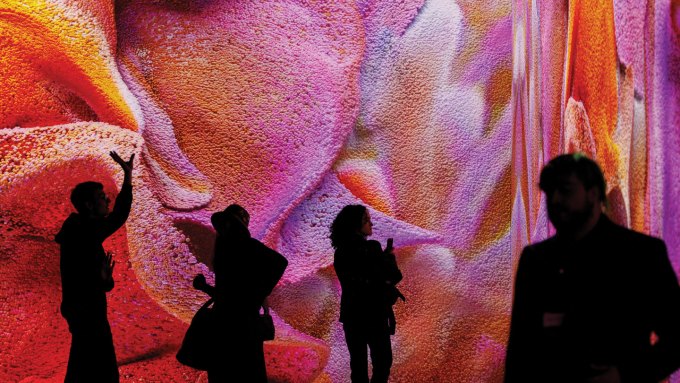
Journalist Bianca Bosker infiltrates the secretive art world to understand the science and psychology of why art matters to the human experience.
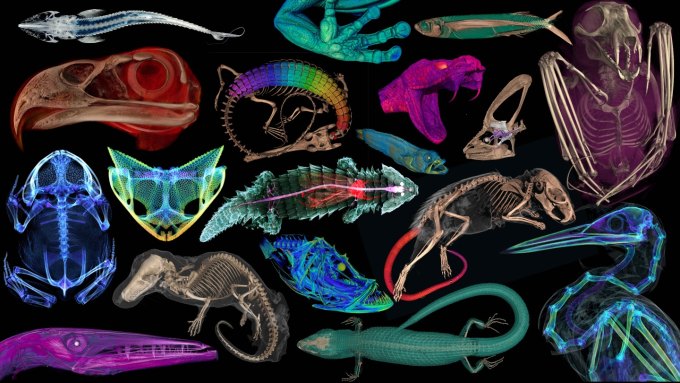
Over six years, researchers took CT scans of over 13,000 vertebrates to make museum collections more easily accessible to researchers and the public.
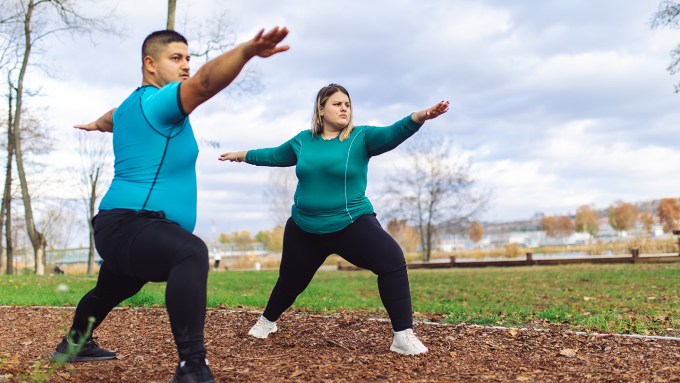
A new analysis suggests that the prevalence of obesity has doubled in women, tripled in men and quadrupled in children and adolescents from 1990 to 2022.

Scientists and journalists share a core belief in questioning, observing and verifying to reach the truth. Science News reports on crucial research and discovery across science disciplines. We need your financial support to make it happen – every contribution makes a difference.
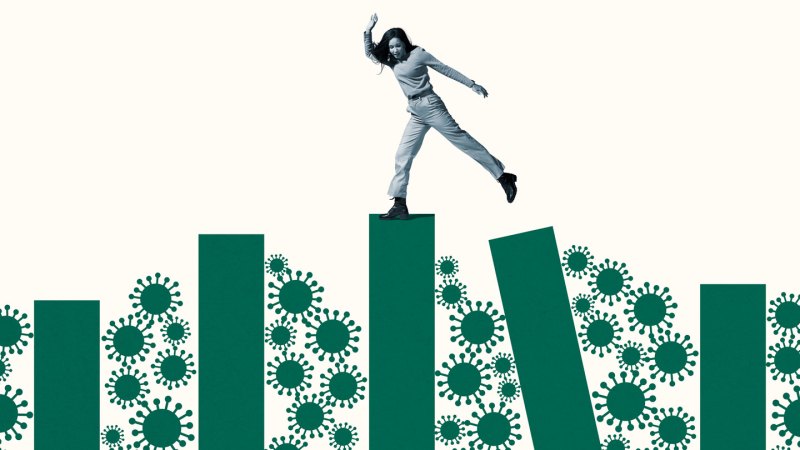
A growing cadre of labs are sketching out some of the molecular and cellular characters at play in long COVID, a once-seemingly inscrutable disease.
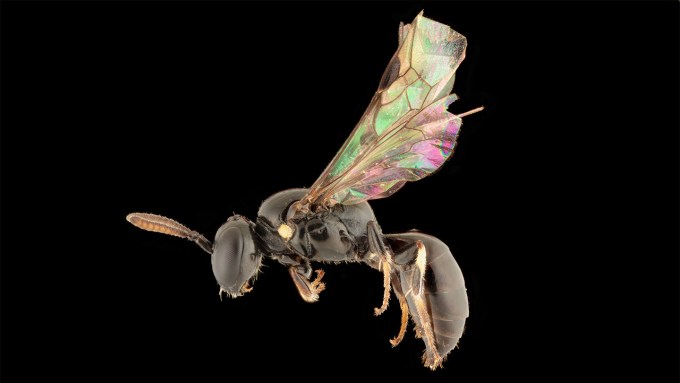
Masked bees in Australia and French Polynesia have long-lost relatives in Fiji, suggesting that the bees’ ancestors island hopped.
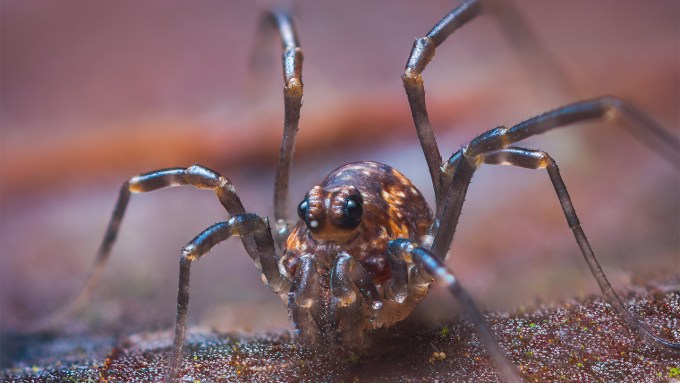
Despite its two-eyed appearance, Phalangium opilio has six peepers. The four optical remnants shed light on the arachnids’ evolutionary history.
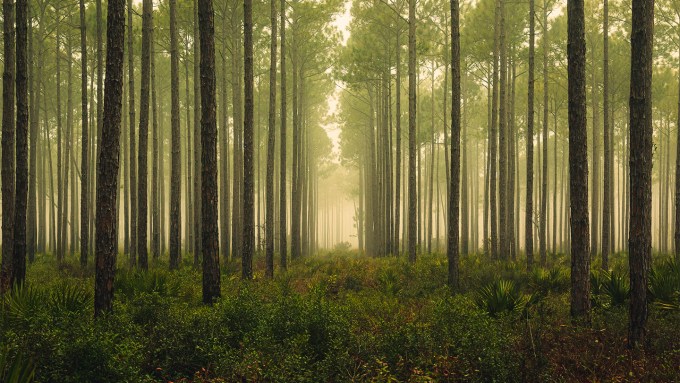
Trees could act as antennas that pick up radio waves of ultra-high energy neutrinos interactions, one physicist proposes.
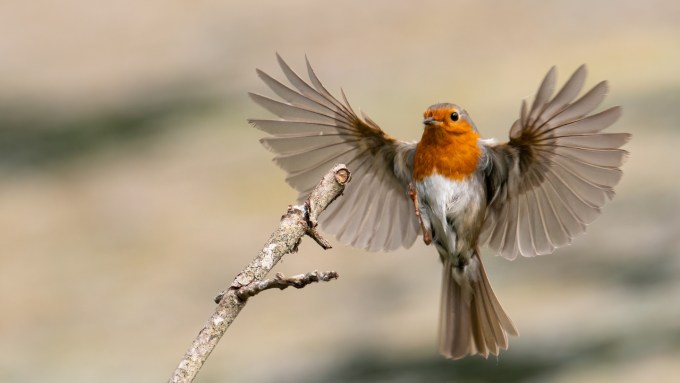
In the 1970s, lab tests hinted that birds can navigate using magnetic fields. New studies suggest that beak and eye proteins are behind the ability.
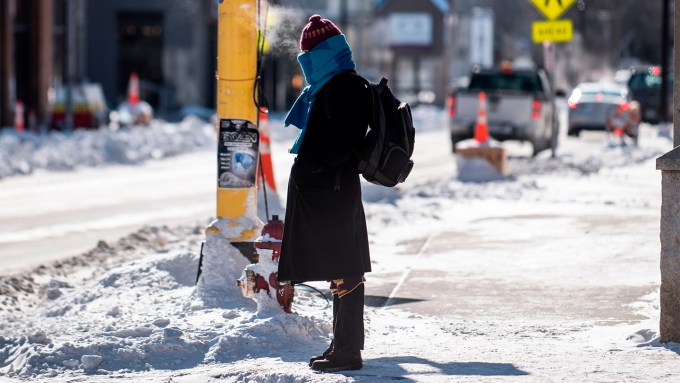
Iloprost has been shown to prevent the need to amputate frozen fingers and toes. It’s now approved for use to treat severe frostbite in the U.S.

Experiments in mice reveal that the immune response to a UTI spurs nerve growth in the bladder and lowers the pain threshold.

MRI scans of long COVID patients with brain fog suggest that the blood brain barrier may be leaky.
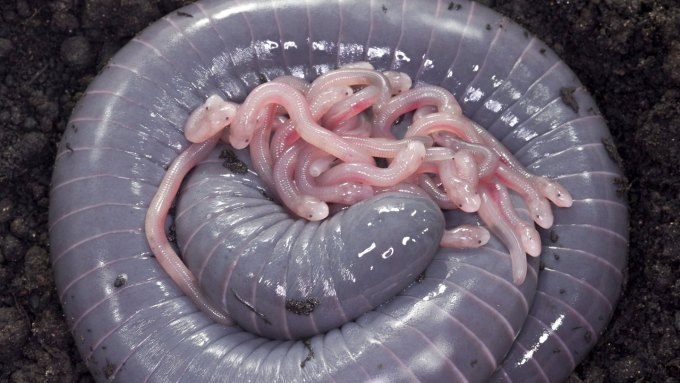
Similar to mammals, these ringed caecilians make a nutrient-rich milk-like fluid to feed their mewling hatchlings up to six times a day.
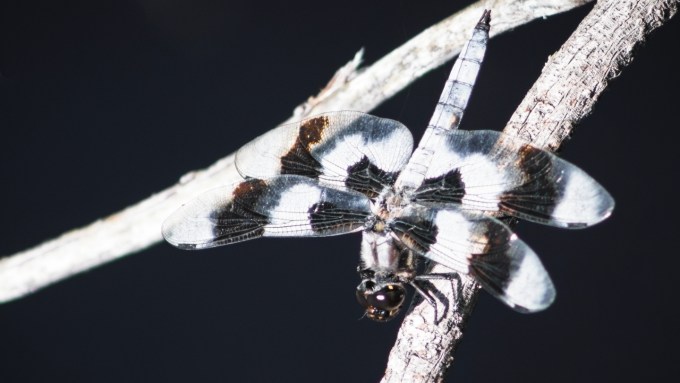
The reflective wax, which cools males on sunny courtship flights, may also armor them against the effects of climate change.
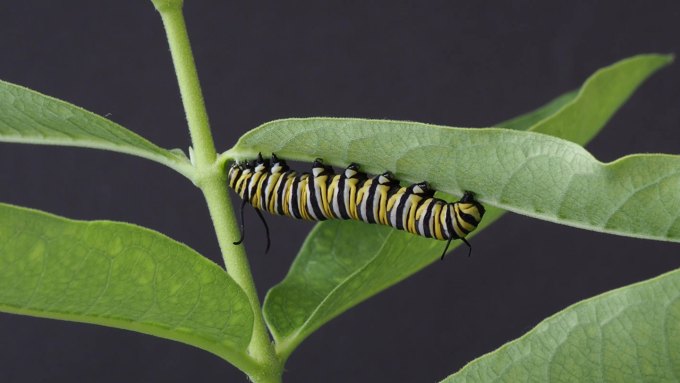
Instead of nipping milkweed to drain the plants’ defensive sap, older monarch caterpillars may seek the toxic sap. Lab larvae guzzled it from a pipette.
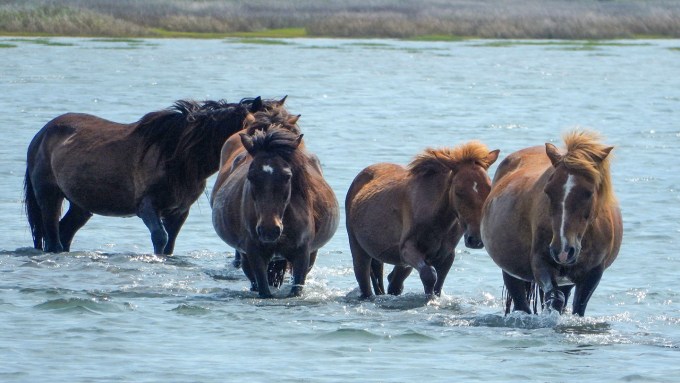
In a study of over 400 mammal species, less than half have males that are, on average, heavier than females, undermining a long-standing assumption.

Researchers are studying the magnitude and impact that grief from the COVID-19 pandemic has had and will have for years to come.

In the 1970s, lab tests hinted that birds can navigate using magnetic fields. New studies suggest that beak and eye proteins are behind the ability.
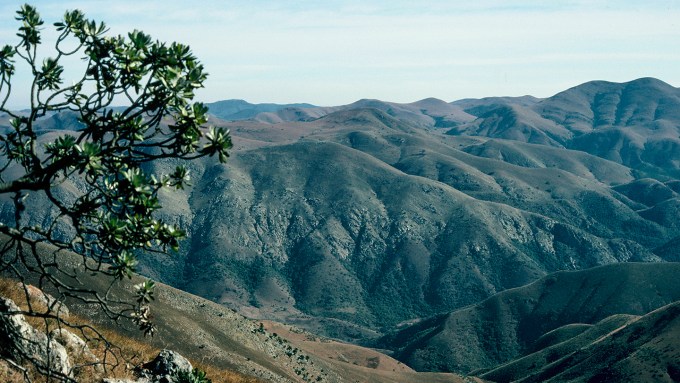
Billion-year-old rocks in South Africa hold evidence for the onset of plate tectonics early in Earth’s history.

The acoustic qualities of instruments may have influenced variations in musical scales and preferred harmonies.
Subscribers, enter your e-mail address to access the digital replica edition.

We rely on ads to keep creating quality content for you to enjoy for free.
Please support our site by disabling your ad blocker.
Continue without supporting us
If the prompt is still appearing, please disable any tools or services you are using that block internet ads (e.g. DNS Servers).